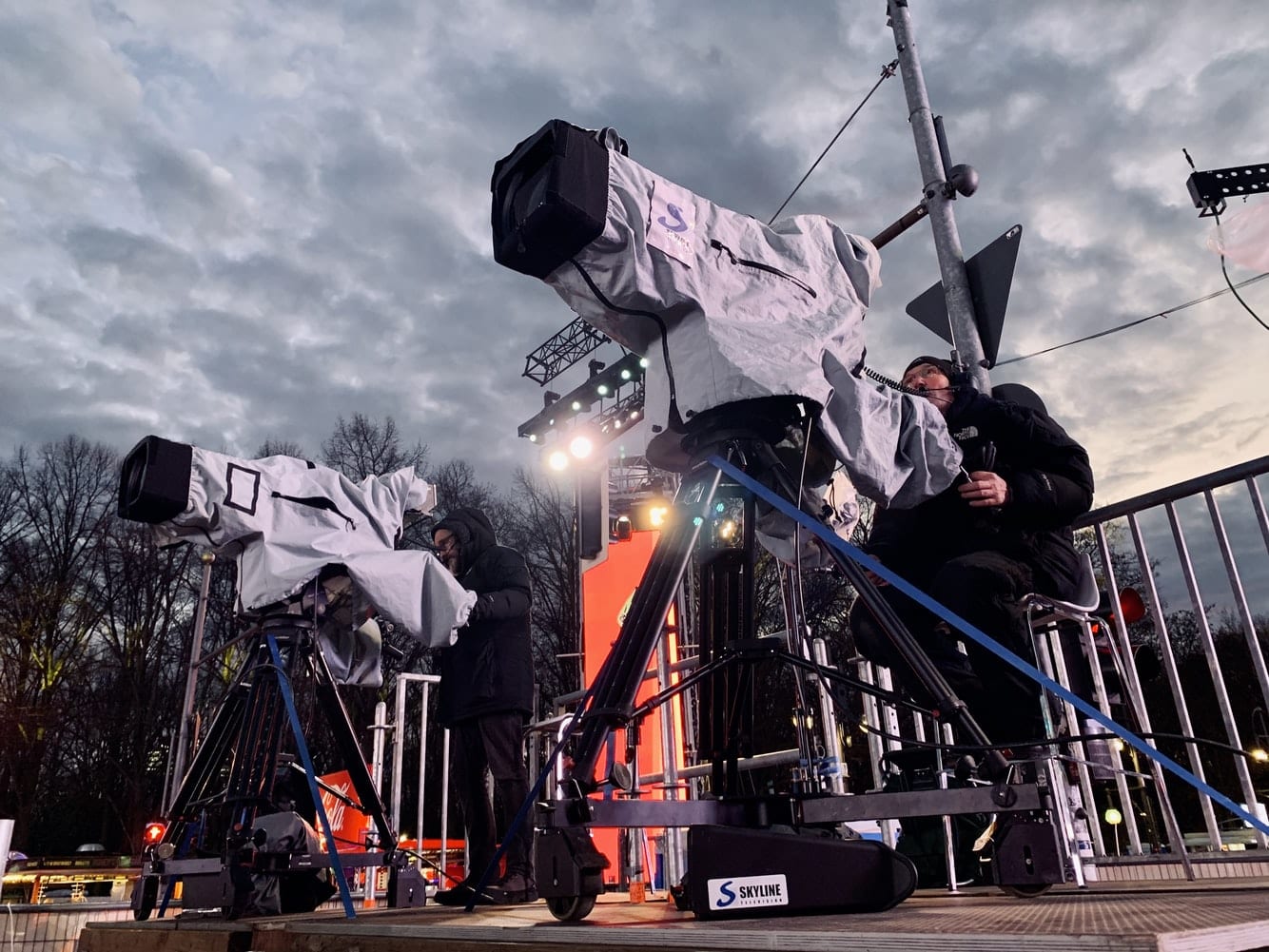Highlighting the Impact of Illumination Methods on the Art of Film Projection Mapping Techniques
Highlighting the Impact of Illumination Methods on the Art of Film Projection Mapping Techniques
Blog Article
Video mapping mapping is an innovative creative form that combines tech and innovation to transform ordinary spaces into extraordinary sight displays. This technique entails casting graphics and footage onto three-dimensional objects, such as buildings, artworks, or stages. One of the key significant factors in creating effective projection in the use of efficient illumination techniques. Proper lighting improves the visual elements of the display and guarantees that the images are crisp and engaging. This article examines the influence of lighting methods on motion projection and how they can enhance the overall encounter.
Lighting plays a vital part in motion projection because it establishes the atmosphere and tone of the exhibit. Different illumination techniques can evoke various feelings and reactions from the audience. For instance, using soft, warm lights can create a welcoming environment, while vivid, cool lights may create a more dynamic or dramatic effect. By carefully choosing illumination hues and intensities, creators can influence how audience interpret the displayed images, leading to a more engaging experience. The balance between projection brightness and surrounding light is essential, as it can greatly affect the clarity and effect of the visuals.
In addition to, hue and brightness, the angle of light also influences view publisher site the effectiveness of mapping. Lighting from different directions can generate shadows and highlights that add depth to the projected visuals. This technique, known as light and shadow, can improve the three-dimensionality of the subjects being projected. Furthermore, using moving lights can introduce dynamism to the display, making the encounter more involving for the audience. When the light collides with the mapped visuals, it can create an effect of movement and transformation, grabbing the viewers' focus.
Another essential element of lighting in mapping is the use of unique effects. Methods such as gobo illumination, which uses patterns and shapes to filter light, can add depth and intricacy to the mapping. This approach enables artists to layer images and create visually stunning results that enhance the mapping. Moreover, incorporating lasers or LED illumination can additionally improve the display, providing a unique blend of visual elements that attract the audience in. These special features, when used thoughtfully, can elevate the projection beyond a basic display to an immersive work of art.
In summary, the influence of lighting techniques on motion projection is profound. By understanding how various illumination elements interact read more with mapped images, creators can produce enthralling encounters that connect with audience. The careful selection of hue, brightness, angle, and unique features enables for a vivid canvas of sight storytelling. As technology continues to grow, the possibilities for creative showcasing in projection will only expand, making lighting an increasingly vital component in this innovative creative form.